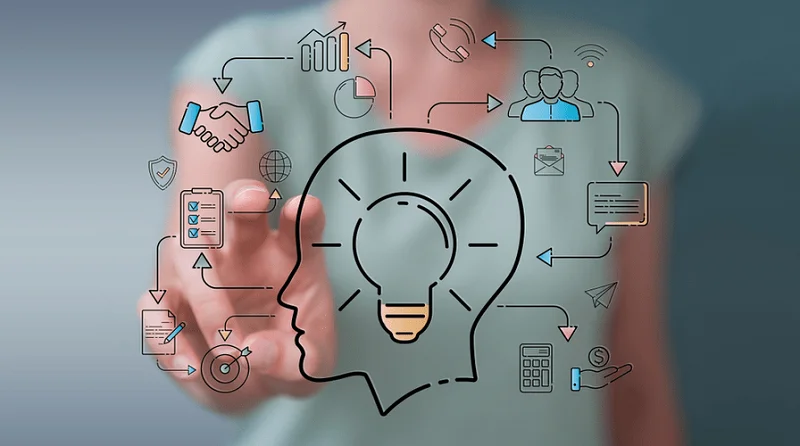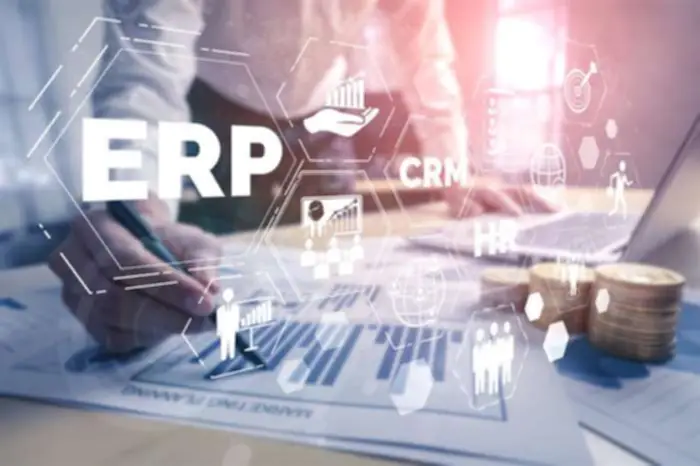Thus, IoT permits real-time alerting, tracking, and monitoring, which allows hands-on remedies, higher accuracy, apt intervention by docs and improves complete affected person care supply results. IoT connects medical units, wearables, hospital techniques, and even ambulances to a standard community. It gives doctors, nurses, and caregivers real-time entry to knowledge that may otherwise be missed, delayed, or lost in silos. Its influence could be seen across industries, making its means into the automotive trade, for example, by facilitating connectivity for monitoring and optimizing vehicle performance. The healthcare business also benefits from the IoT, giving suppliers tools to extra efficiently and precisely track key health metrics like glucose ranges. But that is merely considered one of many examples of how the IoT can assist patients and healthcare providers alike.
- This is especially beneficial for people with continual conditions like diabetes or hypertension, because it reduces the need for frequent hospital visits and offers steady insights into their health.
- Research involving this system have reported that patients skilled as a lot as a 26% increase in medicine adherence over a 12-month period.
- All IoT gadgets and their networks must be mixed with other applied sciences to help healthcare amenities transform in a meaningful means.
This is a real reduction for chronically sick patients who now don’t want to go to hospitals incessantly for routine checkups. Most of their follow-ups, in addition to the continual oversight over their well being conditions, can be properly managed remotely. Glucose displays, blood strain cuffs, and other home-based IoT devices, for instance, can routinely trello report readings and send this info to healthcare suppliers. With this real-time information, medical doctors can replace remedy plans and change drugs, usually avoiding the necessity for an in-person visit.
#11: Streamlined Knowledge Sharing And Interoperability
Devices like smart ventilators or infusion pumps cut back errors and improve operational agility. Whether wearables monitoring metrics or units alerting docs earlier than operations, IoT is reshaping digital transformation in healthcare like by no means earlier than. The healthcare business is beneath pressure as a result of fragmented systems, rising healthcare costs, and delayed diagnosis, to affects affected person outcomes. Surprisingly, 80% of healthcare knowledge remains unstructured, whereas 20% of misdiagnoses stem from delayed or inaccurate information. In IOT, good hospitals are additionally on the rise that use IOT to make themselves efficient.
For instance, a sensible inhaler tracks bronchial asthma triggers and sends alerts to an IoT-powered healthcare cell app that prompts patients to take needed precautions. This integration empowers sufferers to manage their illness proactively, enhancing health outcomes. In abstract, IoT integration in drug administration exemplifies the benefits of IoT in healthcare by enhancing medicine adherence, optimizing inventory administration, and guaranteeing drug security. Such growth signifies the healthcare industry’s rising acceptance of predictive upkeep solutions.
Serving To Patients Adhere To Their Remedy

Making Certain compliance with laws like HIPAA is important to guard patient information. Encryption, multi-factor authentication, and regular safety audits are important measures to mitigate these risks. Additionally, IoT solutions are used to trace the movement of patients, staff, and medical supplies inside the hospital. This not solely improves workflow but in addition enhances affected person security by preventing errors similar to treatment mix-ups or misplacements of critical gear. Having summarised, telemedicine developments pushed by IoT are changing the face of healthcare by offering both more accessibility, efficiency and higher patient outcomes.
In this part, we are going to discuss the implementation challenges of IoT in healthcare that can deter seamless adoption. Several components, such as system type, knowledge storage wants, and AI capabilities, affect the total value to develop a healthcare app. A structured strategy ensures seamless integration, optimized efficiency, and compliance with business regulations, leading to better healthcare outcomes.
Conduct thorough research and due diligence, including reviewing case studies and looking for input from peer organizations which have successfully applied IoT. For instance, a smart glucose monitoring system can monitor a diabetic patient’s blood sugar ranges in real-time, alerting each the patient and their doctor to any regarding fluctuations. The facility makes use of an IoT-based system to track the location and standing of over 10,000 medical property, including wheelchairs, infusion pumps, and patient beds. To mitigate these dangers, healthcare organizations must set up strong backup and catastrophe recovery plans, in addition to IoT in Healthcare regular upkeep and testing protocols for IoT infrastructure. Our group of experts specialises in growing innovative and secure IoT options tailored to your needs. Contact us today to discuss how we might help deliver your vision to life and make a significant impact on healthcare through cutting-edge expertise.
Key Advantages Of Iot In Healthcare
At the core of IoT are the physical devices that are embedded with sensors and actuators. These units can vary from everyday objects like smartphones, wearable devices, and home home equipment to complex industrial machinery and infrastructure systems. The sensors in these devices https://www.globalcloudteam.com/ acquire information from the environment or from other connected devices.
Hero reports that its system has achieved treatment adherence rates of over 95%, considerably greater than the average adherence fee of 50% for persistent circumstances. IoT devices and platforms from different distributors could use proprietary protocols and standards, leading to interoperability challenges. Seamless integration of IoT knowledge with current healthcare systems, corresponding to EHRs and clinical determination support tools, is crucial for realizing the complete potential of IoT in healthcare. This IoT-enabled system optimizes how patients handle their therapy schedules, enhancing adherence and general treatment efficacy.

In addition to that, there’s important ambiguity relating to data possession regulation with electronic units. Entry to real-time patient info permits early administration and intervention well forward of problems. Rising technologies often come with a new and changing panorama of risks and threats. As A Result Of the IoT can enable things like building lighting and HVAC, automobile diagnostics and even energy grids, defending these crucial methods and infrastructure elements is paramount. By clicking on the hyperlink, you will be leaving the official Royal Philips (“Philips”) website.

With the integration of sensible devices, edge computing, and big information analytics, IoT just isn’t solely transforming the way companies operate but also how they have interaction with their clients. The Internet of Things (IoT) represents an enormous network where bodily objects, embedded with sensors, software program, and different applied sciences, work together and exchange knowledge with each other by way of the web. This system integrates the digital and physical worlds, driving automation and data-driven insights across numerous domains, similar to good cities, industries, and private units.

